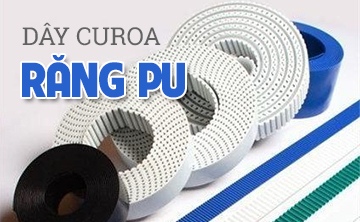When charging the blast furnace, burden materials are added in layers. Charging is done either with an elevator in which a bucket is lifted up and set down on the top of the blast furnace to be emptied directly into the furnace [bell system] or by conveyor belts to the top of the furnace where materials are charged into a bin fixed to the top of the furnace [bell-less system] and from there into the furnace. By means of a rotating chute it is possible to achieve very uniform distribution of the charge materials across the furnace. The bell-less system has the additional advantage that less energy rich blast furnace gas is lost during charging.
The additives and fluxes serve to convert the waste or gangue materials in the charge [mainly silica and alumina] into a low melting point slag which also dissolves the coke ash and removes sulphur. For example:
CaO + SiO2 ® CaSiO3
FeS + CaO + C ® CaS + FeO + CO
The blast furnace itself is a steel shaft lined with fire resistant, refractory materials. The hottest part of furnace - where the walls reach a temperature >300 °C - are water cooled. The whole structure is supported from the outside by a steel frame.
The blast furnace gas that leaves the top of the furnace is a mixture of carbon dioxide, carbon monoxide, hydrogen and nitrogen and has a calorific value between 3,200 and 4,000 kJ/m³. After cleaning, it is used for a variety of purposes, including heating of the hot blast stoves [“cowpers”], in iron ore agglomeration plants and for electricity generation. The credit for this gas is an important factor in keeping blast furnace operating costs low.






nommato